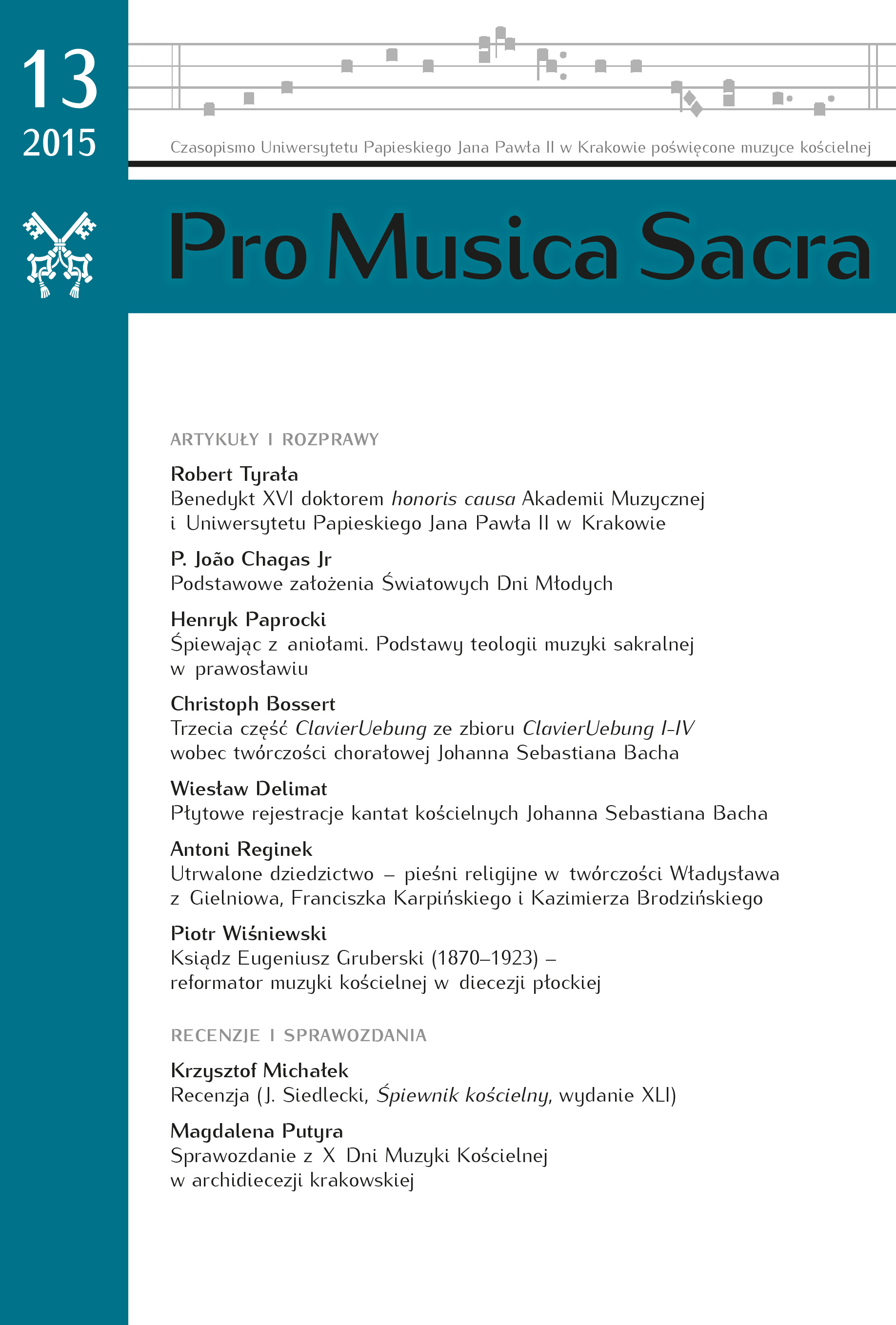
We kindly inform you that, as long as the subject affiliation of our 300.000+ articles is in progress, you might get unsufficient or no results on your third level or second level search. In this case, please broaden your search criteria.

This paper, based on participant research amongst folk revivalists, interviews with cultural managers, and extensive archival research, discusses the táncház (dance house) folk revival movement as the actualization of interwar efforts of “folk national cultivation” in Hungary. By putting the dance house in relationship with interwar folk critiques, the paper illustrates both continuities and discontinuities between them, most notably in conceptualizations of the relationship between the ethical or political roles of such critiques and of the folk itself. The paper argues that folk critiques, now and then, can play an important role in state formation by reproducing the folk and acting to secure its citizenship. Nevertheless, how the folk is defined is historically determined, as is the kind of citizenship entailed. Since folk national cultivation is premised on the idea that Hungarianness is produced through engagement with the folk and its traditions, the historical approach of this paper problematizes this process.
More...
The paper aims to look at those community-organizing phenomena that provided alternatives to officially supported, mandatory youth activities and played a vital role in the everyday life of young people in socialist Hungary in the 1970s and 80s. The urban folk dance and music revival, the so-called táncház (dance house) movement, is highlighted. The authors argue that the dance house as a subculture with its concept of “authenticity” was able to create common identity with the intrinsic notion of oppositional stance. Parallels are drawn between sports, rock music, literature and the dance house. The process of disintegration and folkloristic discovery of traditional peasant culture in Hungary and in Transylvania, communist peasant policy, and the connections between cities and villages are discussed alongside the phenomena of revival and issues of identity.
More...
The intellectual and artistic culture of the Dual Monarchy was marked by a diversity and richness that was inseparable from the multi-ethnic and multilingual nature of the Habsburg territories. As attempts to integrate the variety of cultural products of the Monarchy into a coherent identity run the risk of oversimplification, the following article offers a discussion of the works of several individual authors, artists, composers, philosophers, and scientists, locating these works within often divergent intellectual and artistic trends the broad range of which may be the single most conspicuous feature of the cultural identity of the Habsburg Empire. It presents the legacy of the Dual Monarchy as one rich in diverse contributions to the cultures of Europe and the world.
More...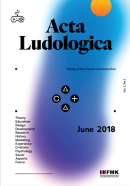
This paper discusses the relationship between locative games and music, using as reference the notions of sound space, acoustic space, and soundscape. The locative game genre reflects the opposite side considering the video game format: in this case, the action leaks from screens and consoles to the urban space with the use of locative media, turning the city into support for the actions of the players. Our hypothesis argues that by using music and other sound features (sounds, effects and so on), the locative game can create a resonant sensory environment caused by music and sound signals that are impregnated in the region. As a methodology, we analysed the locative game GPS Musical Crosswords Puzzle from these concepts – sound space, acoustic space, and soundscape – to show how they can be designed from the experience of locative games.
More...
This article describes a great composer, romance singer, drama and movie actor Alexander Vertinsky. The subject of the analysis is characteristics of the bard’s creative activity, as well as his life story — especially during the emigration period.Alexander Vertinsky was an artist popular among the Russian audience. His specific man-ner on the stage, gestures, stage image — Pierrot’s costume aroused interest and emotions among the spectators who were attending his performances in crowds. Forced by the political situation in his homeland Vertinsky decided to emigrate from it in the 20’s. It was the begin-ning of his 20 year long separation from the country that left the trail in composer’s creative activity and life. His fame outside the country, numerous concerts, international public and his acquaintance were never able to reduce the artist’s wrench after leaving the homeland.
More...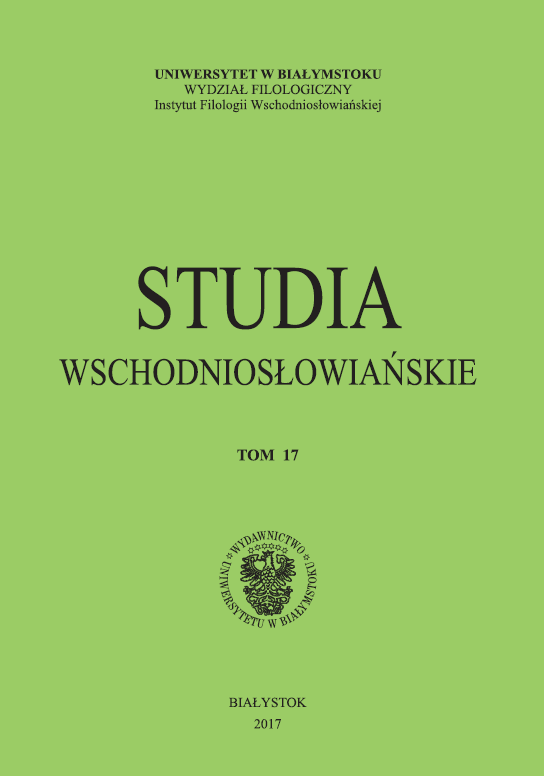
The present work focuses on literary inspirations and artistic value of song lyrics included in the twelve-volume anthology of Stanisław Moniuszko’s songs known as the Home Songbook. The composer, who was born in the Minsk gubernia during the period of Russian partition, maintained strong bond with the Eastern frontier of Poland. The research conducted by the author of this study shows that Moniuszko used the texts created by 97 poets including many artists coming from the Eastern part of Poland (e.g. A. Mickiewicz, J. Czeczot, S. Witwicki, W. Syrokomla, J. Prusinowski etc.); in the collection of 364 songs and duos only 40 lyrics were written by foreign authors. Moniuszko’s work, with all their richness and diversity, played an important part in the cultivation of national identity of the Poles living under the Tsar’s rule; the Belarussians claim that a great deal of his songs have their roots in Belarusian folk culture.
More...
In the article the author adheres to the concept of defining the Old Believers as a living tradition that preserved the ancient Russian church singing art. The modern state of liturgical singing practice in the community of the Russian Orthodox Old Believer Church in Novosibirsk is considered. The particular qualities of the Old Believer service to the saints martyrs and confessors who suffered for their faith in the 17th century are analyzed. The author makes a conclusion about the uniqueness of the Old Believer culture, in which, despite inevitable modifications and updates, Old Russian liturgical singing continues to carry its true sacred meaning.
More...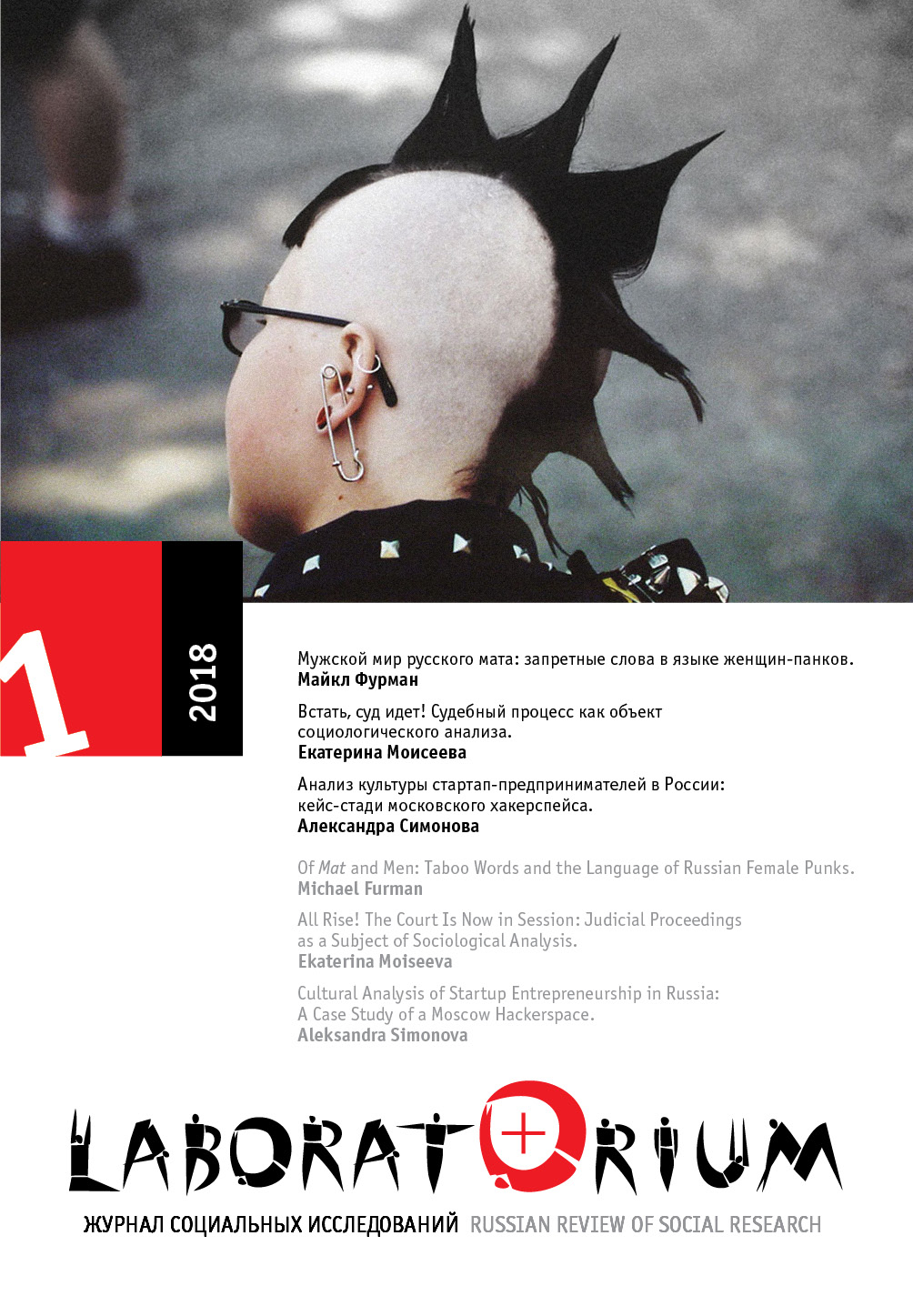
Through ethnographic data and discourse analysis, this article exposes the presence of sexist practices within an ostensibly egalitarian Russian punk scene in Saint Petersburg. Specifically, this article examines how female punks use mat (swear words like “fuck,”“shit,” “whore,” and “cunt”) to transgress hegemonic notions of femininity, while atthe same time performing a masculine ritual that Russian punks highly value as subcultural capital. This article examines linguistic practice surrounding mat and demonstrates that mat is not “male” but instead performs stances of authority and masculinity,which are in turn associated with gender. The article’s close examination of linguistic practice among female punks helps elucidate some of the ways that punk women attempt to claim authority within a scene that otherwise physically and socially marginalizes them. By drawing on the ethnomethodological theories of indexicality and stance,the analysis shows how micro instances of mat simultaneously interact with—and draw upon—macro conceptions of the traditional gender order. Because mainstream gender norms strongly proscribe women’s use of mat, punk women can effectively exploit this cultural proscription to create distance from mainstream conceptions of femininity while simultaneously exploiting their subversion of the traditional gender order to accrue subcultural capital. Rather than separating linguistic practice from macro discourses on gender, this article traces how macro conceptions of the gender order help structure—and are structured by—talk in interaction. As such, this article provides critical insight into how micro instances of mat interact with macro conceptions of the gender order to create an alternative punk femininity.
More...
In this article, it is shown how it is possible to reinterpret mythology in an opera so that it is directly or indirectly but causally linked with the plot of an opera. It is about what kind of identification it can be if we take into consideration catharsis or neo-catharsis with reference to plot differentiation between opera seria and opera buffa, explanation of individual characters in opera today, how we can perceive them and what they refer to. It was also necessary to try to connect the initial need to tackle mythology to explain the development of the opera which resulted in national operas/themes and symbolical use of rituals/ritual – related matters.
More...
Sound design in film, described as “sound editing viewed artistically or aesthetically in terms of the shaping of the sound track in a film” (Buhler 2009, 430), is by definition a creative process demanding from its producers a great deal of inventiveness and aural imagination. Surprisingly, if one assumes that creativity is the key to successful sound design, it seems that very few contemporary soundtracks can be called successful at all. The goal of this paper is to examine the art of sound production in Baz Luhrmann‘s The Great Gatsby (2013) in terms of its creative use of sound. The analysis will focus on scenes from the movie in which sound does more to the overall impression and interpretation of the film than merely confirm the story that is told. Meanings of sound sequences in The Great Gatsby will be examined by in juxtaposition with selected plot elements. The sound in Luhrmann’s production is creative mostly because it serves unique and unexpected functions that make it different from what seems to be the usual cinematic practice. It correlates with images in an innovative way, plays with diegetic vs. non-diegetic distinction (which is applied in the score analysis), and creates certain sonic spaces through skillful editing. All these “subtle-but-meaningful cinemusical details” (Holbrook 2011, 252) allow for interpreting the film in contemporary contexts.
More...
The article contains characteristics of paraliturgical ritual and songful practices of Western and Eastern religious traditions. Peculiarities of Ukrainian-Byelorussian paraliturgical songfulness of the XVIIth-XIXth centuries are determined. The process of paraliturgical songful repertoire's formation on the example of the eucharistic themes' compositions is reflected. The role of linguistic factor in the formation and development of songfulness of paraliturgical meaning is noted.
More...
The article is devoted to the "Scythian issue" in the context of Silver age culture as the new image-thematic sphere in Russian art, which romantically poeticized historic events through the prism of archaic. Appeals of local artists of the beginning of the 20th century (poets, painters, composers) are tracked back to ancient sources, which presented the opportunity to comprehend spiritual values and renewal of artistic system.
More...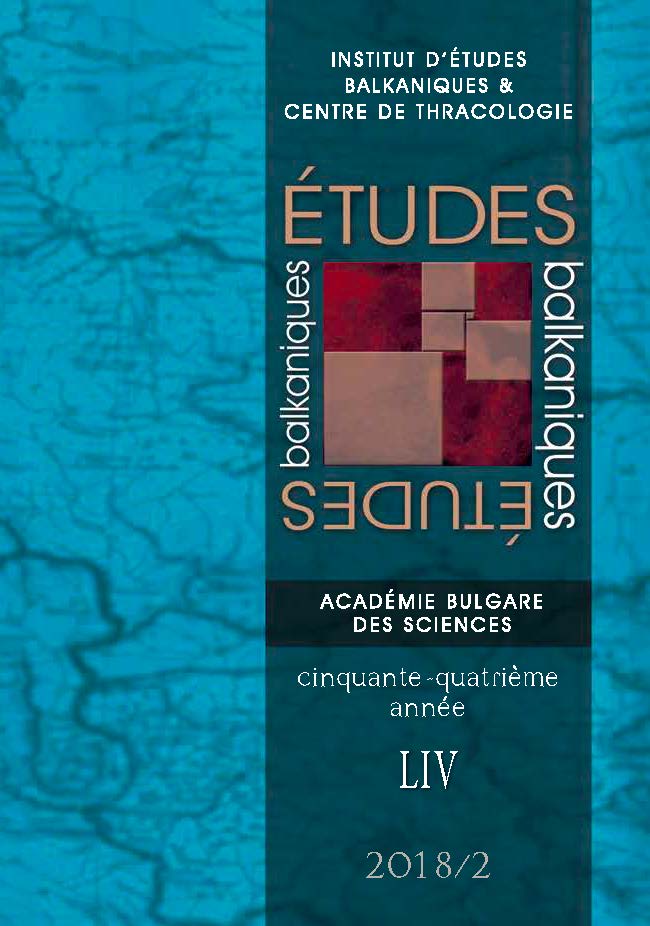
The article examines how Bulgaria presents itself at three international fairs in the end of the XIX century by the means of a single music instrument – the Bulgarian bagpipe “gaida”. At the first Bulgarian fair of agriculture and manufacture in Plovdiv (1892), the bagpipe symbolizes only the traditional Bulgarian music and dance. One year later, at the second fair, discussed here, the so-called Chicago Fair (1893), Bulgarian bagpipe is already one of the specific Bulgarian symbols. At Paris Universal Exposition (1900), Bulgarian bagpiper is a “type” – an artistically elaborated subject that presents Bulgaria as a modern country that tries to preserve its identity by respecting in a great extent its traditions. The text proposes a hypothesis why Bulgarian bagpipe has such a significant place in the way Bulgarians imagine themselves as such.
More...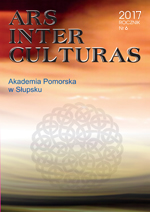
The main scientific and educational characteristics of Karl Heinrich Ehrenforth will be demonstrated based on his writings and political activities. Therefore, the article focuses on his philosophical foundation in cultural anthropology and phenomenology of life-world (lebensweltliche Phänomenologie). As a scholar and pedagogue he was always dedicated to the human (pupil) as well as the music. His thinking centered around the self-conception of music education based upon a bearing consensus about the fundamentals of cultural values in society. This attitude will be demonstrated by means of a brief analysis of his most influential publications such as the introduction and philosophical justification of the hermeneutic philosophy of understanding (Verstehen und Auslegen, 1971) and his seminal history book on music education (Geschichte der musikalischen Bildung, 2005) among others, and will be confirmed by his political involvement as president of the German Association of School Music (VDS) and his rootedness in Christian ethics. By this means, Ehrenforth appears as a scholar and educator who was grounded in humanistic intellectual history and became deeply influential on the after-war generation.
More...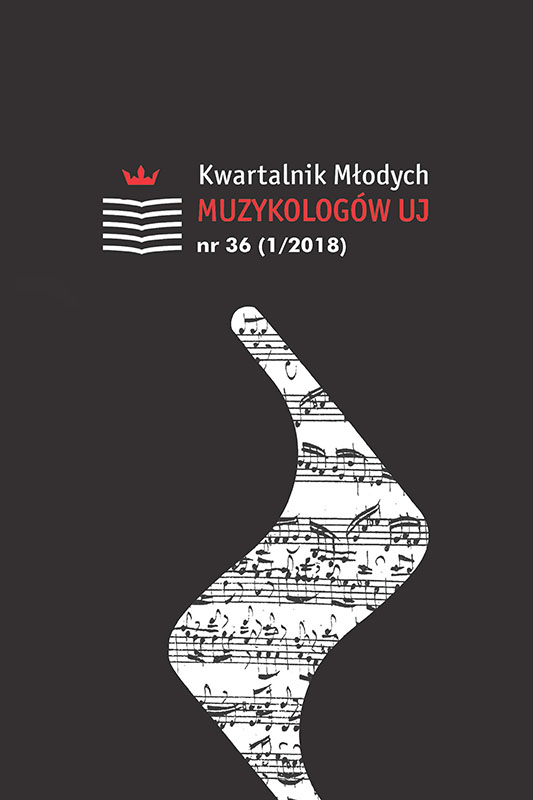
The Archive of St Joseph’s Convent in Kraków contains a collection of musical manuscripts, which have not been studied before. Among books of liturgical use, such as graduals and antiphonaries, there are also small cantionals, full of canto fratto repertoire. The majority of these sources originate from the Convent of Bernardine Nuns in Kraków; however, there are also at least two manuscripts from the Convent in Wilno. The aim of this paper is to present canto fratto repertoire of Benedicamus Domino found in the 18th and 19th century liturgical manuscripts from the Convent of Bernardine Nuns in Kraków. The author indicates sources of studied melodies based on the wide range of liturgical manuscripts from the 18th and 19th centuries – especially from convents of Bernardine Nuns in Poland, as well as from the Convent of Benedictine Friars in Staniątki – and compares it to the dispersal of canto fratto settings of ordinarium missae. Finally, the paper presents complete index of Benedicamus Domino melodies in the annex.
More...
Infant prodigies were a common phenomenon in the 19th century. They astonished the audience not only through their impressive abilities, but also the innocent beauty and the youthful grace. The perfect example of this is Apolinary Kątski (1826–1879), a violin virtuoso and a composer, known mainly as the founder of the Institute of Music in Warsaw, who, since he was three, was recognizable in concert halls all over Europe.According to the author, the early stage of the violinist’s activity requires more attention. The presented article sketches the path of young Apolinary’s life from the moment of his first performance in 1829 to May 1838, when he was granted with the famous recommendation of Niccolò Paganini. It introduced him to numerous concert halls of Europe and positively influenced his further artistic activity. The hereby presented paper makes an attempt to find out the date and place of birth of Kątski in the context of the rich musical activity of his family members. It also shows the first artistic tours of the young virtuoso against the background of his artisti-cally talented siblings: a violinist Karol, pianists Stanisław and Antoni, and a singer Eugenia. The crucial mo-ment are reflections on the stay of the family in Paris and their first performances in the musical centre of Eu-rope as well as contacts of the young violinist with Niccolò Paganini.The studies on the correspondence of the father of the virtuoso, Grzegorz Kątski, and research on the foreign newspapers let the author reconstruct the life of Apolinary Kątski in the very first stage of his musical activity and place him in the context of infant prodigies of the 18th and 19th centuries.
More...
In his projects, Alexander Chen (b. 1981) unites experiences as a programmer, designer, violist and indie rock musician. His Baroque.me is a virtual, audiovisual interpretation of canonical Prelude from Cello Suite No. 1 BWV 1007 by Johann Sebastian Bach. Like most of Chen’s projects, it is based on the code which he wrote in 2011. The fruit of the code is – in his own words – “a virtual string instrument”, “an interactive plucked instru-ment” or “an impossible harp” that is out of classification in terms of traditional typology of musical instru-ments. Grounded in mathematical fundamentals of musical string, it presents them in an attractive manner and unveils hidden geometrical beauty of well-known items.Baroque.me could seem to be too traditional, nostalgic and naive, lacking in deeply critical approach towards postmodern society and deeply attached to premodern understanding of beauty. Its user-friendly interface, ap-pearance typical for contemporary websites and elements of gaming suggest that Chen’s work is made just for entertainment. However, it is exquisitely interesting as an example of contemporary phenomenon, which Paul Elie called “reinventing Bach”. Baroque.me merges various layers of Bach reception: romantic, modern, and finally postmodern, which connects intimacy, entertainment and – characteristic for Bach himself – fascination of science and new technology. Two possible modes of contact with the Chen’s work, that is passive contempla-tion of the old masterpiece and/or (inter)active disruption of its harmony, can be associated with the ethos of the net artist who uses new technology to entertain people and provide intellectual reflection at the same time.
More...
The purpose of this research is to examine the effects of musical plays’ preparatory work on melodic repetition skill of people who do not have music education and to show the contribution of musical plays’ preparatory works’ to melodic repetition in these individuals. The study group of this research is 28 undergraduate students of Bolu Abant İzzet Baysal University, Creative Drama Community of the 2015/2016 school year. The musical play is decided to be Haldun Taner’s “Keşanlı Ali Destanı” and the musical skill to be examined is decided to be “melodic repetition”. In this experiment based research, the study group of 28 students were tested by being asked 7 questions each in front of a camera, in the first and the last week of the musical play’s preparatory work. The researcher and two experts examined the first and the last tests and detected a development worth of 17,4 points. Learning new songs and singing those songs in the right key and rhythm in the supervision of a music education expert contributed to an important development in the students’ melodic repetition skills. As a result of this work, it is clear that musical skill can be developed in the individuals between the ages of 18-22 and learning new songs in the right key and rhythm can help develop musical skill.
More...
The overall objective of this study is the determination of students’ opinions about playing a musical instrument in general music education in Turkey. The study was designed according to the descriptive scanning model. İn order to achieve the objectives of the research a quastionnaire which contains expert opinions has been prepared. The pretreatment was applied to 300 students and the content validity of the quastionaire was taken. Working groups have been prefered for research. These groups consist of schools which administrated by national education directorate in central Denizli. The working groups contains 413 male and 409 female students. Total 822 students. The developed survey was applied to 822 students in the working group. According to the data obtained from the research it was determined that most if students want to play the guitar in music lessons. With regard to gender the majority of both girls an boys prefer to play the guitar. The study concluded that there are significant differences between the type of music they listen and their genders, and between the type of music they listen and the instrument in which they want to be trained. Suggestions were made relating to the reached conclusions in the study.
More...